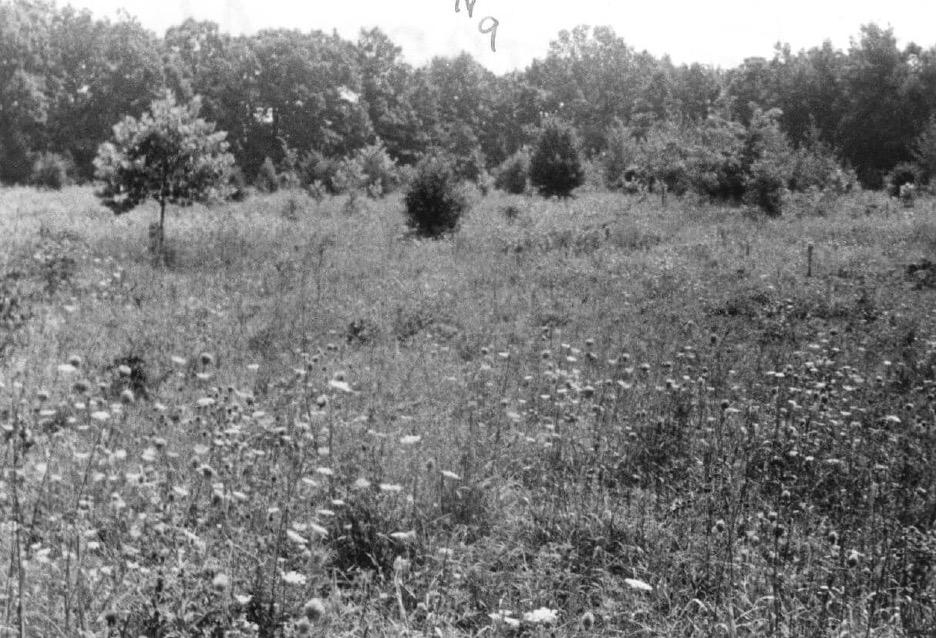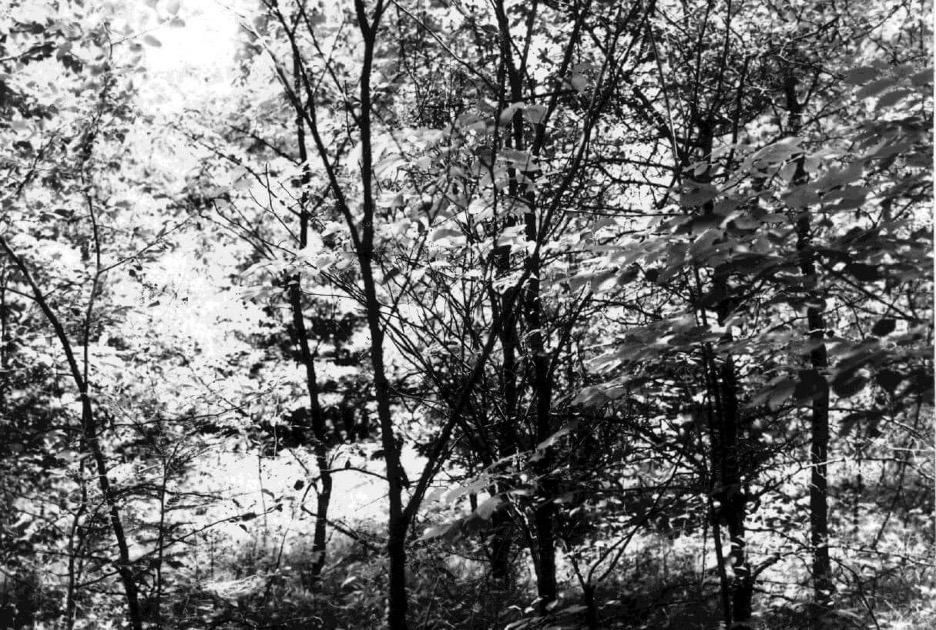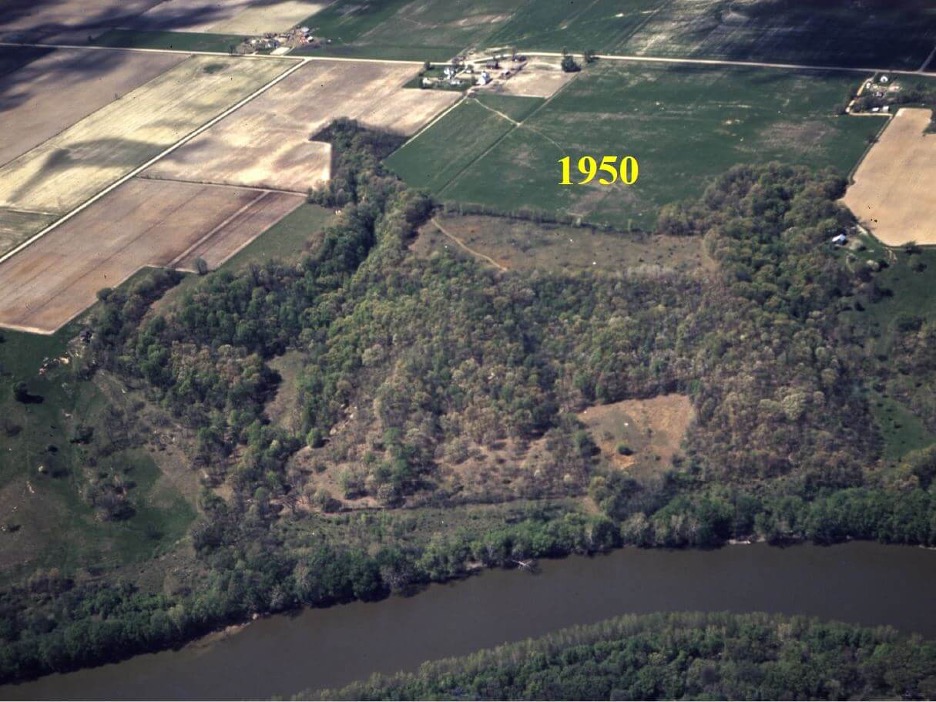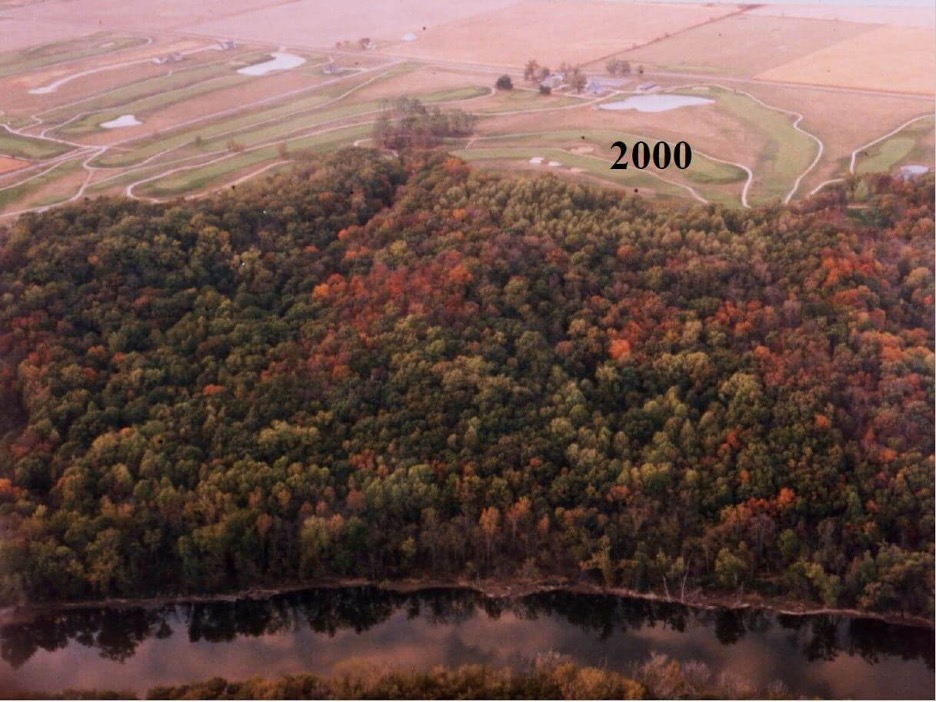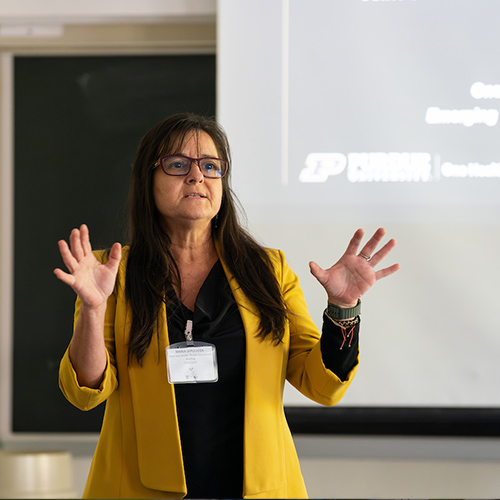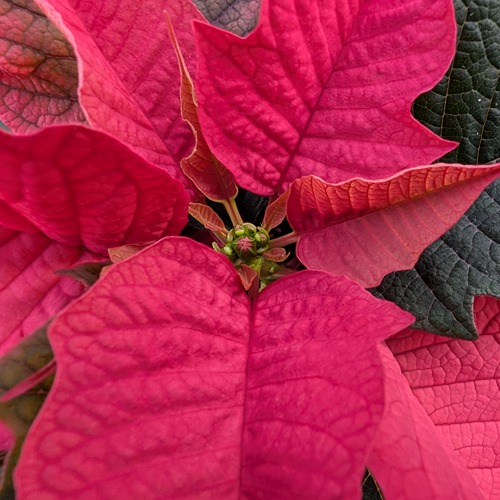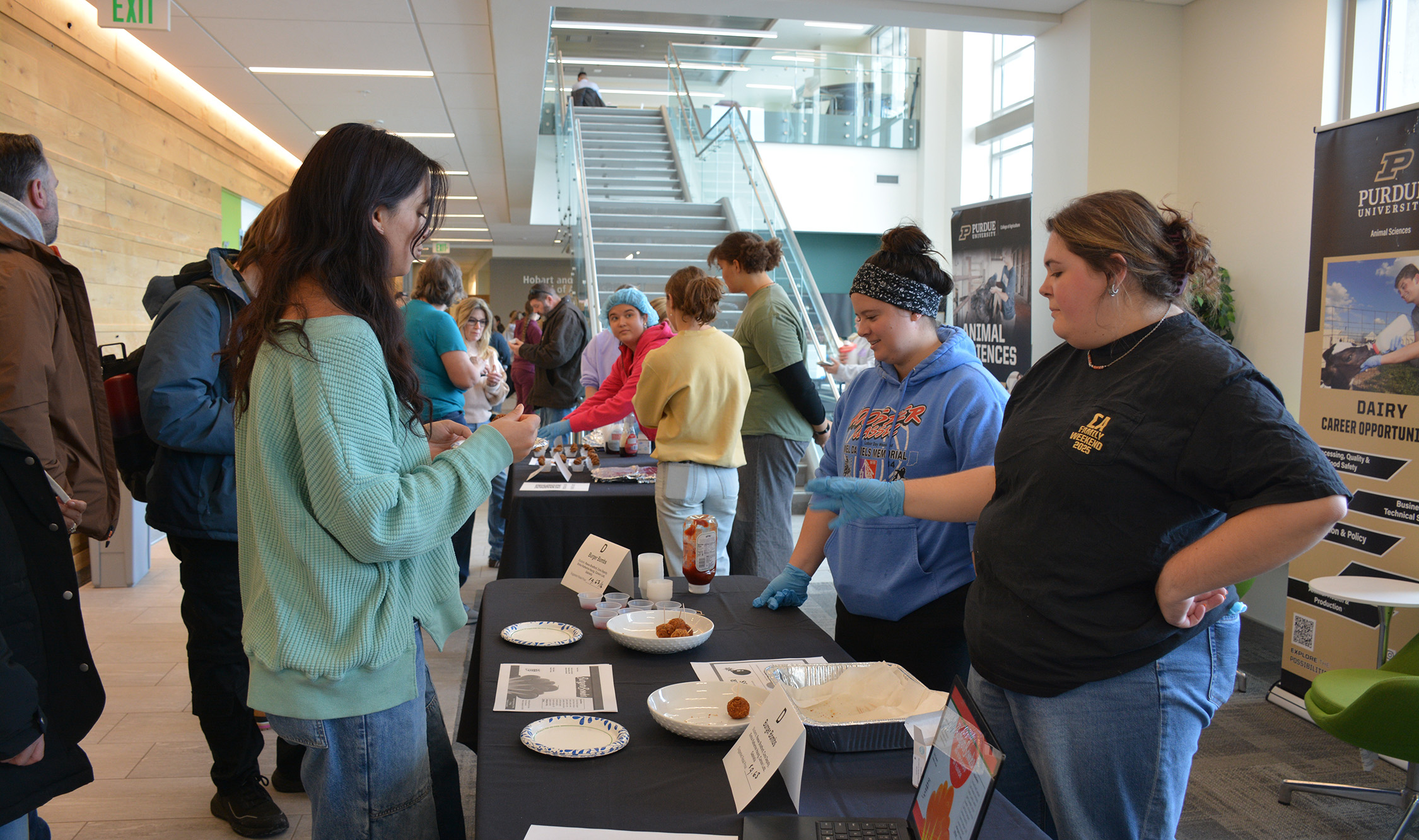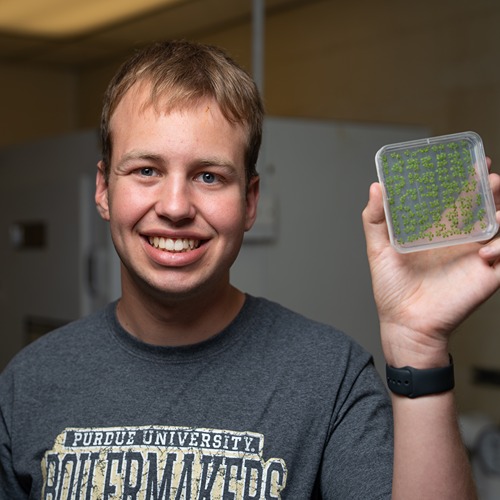Ag scientist next in line to continue decades-long forest research
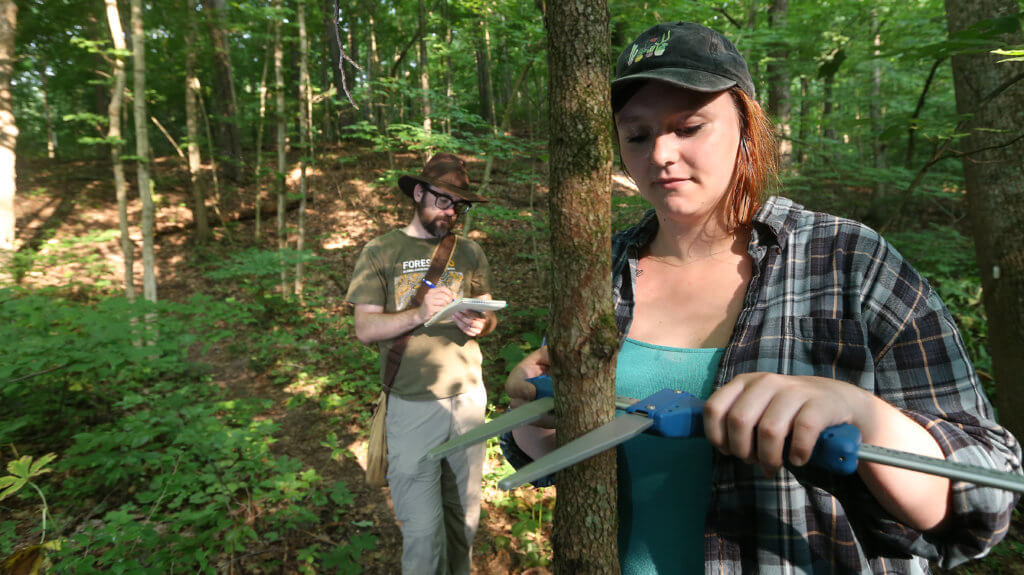
Gordon McNickle uses game theory to understand forest dynamics, from the ways in which a single plant might compete against its neighbors for resources to the complex interactions among hundreds or thousands of plants in an ecosystem.
The equations and models McNickle creates attempt to answer questions about evolutionary processes that can take years, decades or even centuries to come about. That makes long-term observational data essential to him and others who use game theory to understand plants.
“Forests change slowly,” said McNickle, an assistant professor of botany and plant pathology. “These long-term datasets are so hard to come by, but if you have one, it bears so much fruit.”
Lucky for McNickle, people have been watching a forest near the Purdue campus for a long time.
THE ROSS RESERVE
In 1948, David Ross donated to Purdue around 45 acres of land a few miles west of the campus, and Alton Lindsey, a Purdue professor of plant ecology, suggested turning it into a biological reserve. Lindsey, who would go on to a celebrated career including being named the Eminent Ecologist of 1976 by the Ecological Society of America and having a chain of Antarctic islands named for him, saw the Ross Biological Reserve as a living laboratory that “would increase in scientific value year by year.”
Al Lindsey commenting on the Ross Biological Reserve and the creation of the Lindsey Laboratory.
Al Lindsey commenting on the Ross Biological Reserve and the creation of the Lindsey Laboratory.
Lindsey, who retired in 1973 and died in 1999, treated the land as such and in 1949, he undertook the first forest census there. For a summer, Lindsey and his graduate students used 22-yard forestry chains create a grid of the property and count all the trees, recording species, estimated height, diameter and other information. The metal posts used to mark grid corners still stand among the trees on the now 92-acre reserve. Lindsey continued the survey every 10 years until his retirement.
A trail system winds through the reserve, where pasture and former farm fields have been reclaimed by the forest, a process chronicled in the publications of Lindsey and others. And facilities have been set up to study birds, frogs and other creatures that inhabit the land.
When he retired, Lindsey handed the forest census job off to Kerry Rabenold, an emeritus professor in the Department of Biological Sciences, who continued the inventories every 10 years until 2009. Now that he’s retired, the torch has been passed to a third generation. McNickle and his graduate student, Morgan Ritzi, will complete the eighth Ross census this autumn, bringing the total number of trees ever observed on the property to more than 15,000 since Lindsey started the work, though rarely more than 2,000 canopy trees are alive on the property in any one year.
Comparison of 1950 and 1970
TREASURE TROVE
All those trees and the data collected about the conditions at the reserve are a gold mine to researchers like McNickle and Ritzi. Other forest censuses exist, but many of the oldest date back to only around 1980.
“The fact that we can conduct two more censuses and have a century’s worth of data is amazing,” McNickle said. “Once a dataset like this exists, it can open a lot of doors.”
Rabenold said the longevity of the study is a testament to Lindsey’s inspiration and dedication to the reserve during his life.
“It’s the best-studied little plot of woods in the Midwest. Other places have been studied, but not for so long and not so intensely,” Rabenold said. “It would have been a violation of Lindsey’s legacy if we stopped doing this. He was taking a long view back then, one he knew he’d never see all the results of, and being able to continue that work is a gift.”
The key now is getting it into a usable form.
Lindsey published regularly on the data he collected from the Ross Reserve. While scientific journals today tend to be global in nature, in Lindsey’s time it was common to publish in state-level journals. If those old paper journals still exist, it will take some time to pull the data from the pages.
Rabenold, whose interest lay more with the ecology of tropical birds, published a few papers on findings at the Ross reserve and mentored several graduate students whose theses came from the forest. While it wasn’t his passion, he dutifully led efforts to inventory every decade all the trees that measured 4 inches in diameter at breast height, just as Lindsey had done before him.
Now, all the censuses and other data that can be found will be digitized to give as complete a picture as possible of the Ross reserve over the last 70 years. With the latest census, McNickle will have eight decades worth of data – most of it never analyzed using high-throughput computing – to explore the ways in which forests change over the long term.
“It’s a lot of work ahead,” McNickle said. “But it’s also a lot of opportunity.”
